
The UK Food To Go market is predicted to be worth £23.4bn by 2027, 26% more than pre-pandemic levels, according to the new forecast from insight provider IGD, but only convenience stores, forecourts and supermarkets are expected to surpass their pre-covid market share.
By 2027 the market will be worth £23.4bn, 26% more than 2019, predicts IGD.
This year, the UK food-to-go channel will be worth £18.9bn, 3% more than its pre-Covid value in 2019, states the group. The market has performed better than predicted since the pandemic, but this will slow by the end of the year and throughout 2023 as consumers battle rising energy, fuel and food costs, states IGD.
While inflation is set to be the main driver of growth, operators and retailers have an opportunity to support consumers through the cost-of-living crisis as they look to save money.
Nicola Knight, senior analyst for Food To Go and author of the forecasts, explains: “Foodservice businesses were the biggest beneficiaries of pent-up demand for food on-the-go last year because of all the innovation they put into working around lockdowns, such as flexible delivery solutions and click and collect offers. But as the cost of living crisis comes in, these operators will be under pressure as they become more of a premium option compared with lower priced food-to-go alternatives from a retailer, or preparing food at home.”
Inflation will be the main driver of growth over the next 18 months, adds Knight.
“Inflation is already affecting many consumers but until now Food To Go has continued to perform strongly. This will change as the true impact of rising prices really kicks in in the last quarter and takes hold next year. So, while inflation will boost the overall value of the market, volume will, at best, stay the same in 2023.
“The next 18 months will be a challenging period for the sector, mainly for coffee and food-to-go specialists, as operators attempt to balance rising costs with helping consumers to save money.
“Quick Service Restaurants (QSRs) that focus on communicating their value, particularly around deals and family offers, will do well with consumers that are still looking for the occasional treat without breaking the bank.”
The cost-of-living crisis will bring challenges for foodservice food-to-go operators, but opportunities for retailers.
IGD states that ‘Convenience stores, forecourt and other’ had a 14.1% share of the Food To Go market in 2019. While its 2022 figures show that share is down, IGD expects this to climb to 14.8% by 2027. Supermarkets are also set to increase share, up from 8.8% in 2019 to 9.1% 2027. IGD predicts that all other sectors, including coffee, quick service restaurants and food to go specialists, will see market share drops.
With the focus back on value for at least the next 18 months, retailers are in a strong position, claims IGD. The price point, range and execution of meal deals will become fiercely competitive, as they aim to capitalise on the opportunity.
“During the pandemic, retailers deprioritised Food To Go space in favour of in-demand categories, leaving them on the competitive back foot as footfall returned and consumers sought a change from homemade meals. However, if they can get their price, offer and format right, by 2027 retail could more than regain the share lost to foodservice operators during the pandemic to claim 23.7% of the food-to-go market, compared with 22.9% in 2019 and 20% in 2020/21.
“Key opportunities for retailers over the next 18 months will include strengthening their meal deal offers as consumers become more value-led, and utilising customer data to create tailored offers that are relevant and savings-focused. There’s also an opportunity for them to increase food-to-go ranges to meet consumer needs across a wider variety of meal occasions.”
The annual Food to Go forecast report from IGD examines in detail the outlook by sector for: QSR, coffee shops, food-to-go specialists, supermarkets/hypermarkets, and convenience, forecourts & other retailers. Retailers can access further information here.
























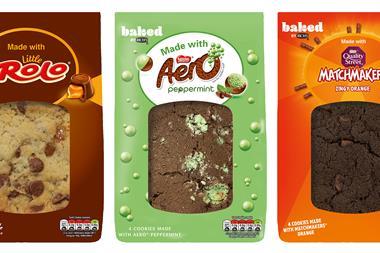
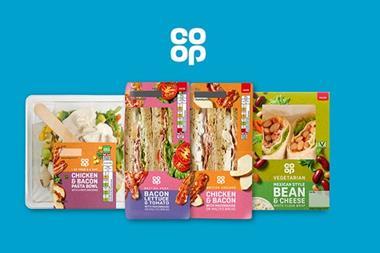
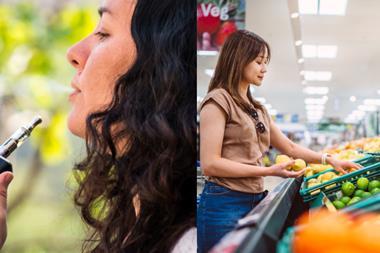
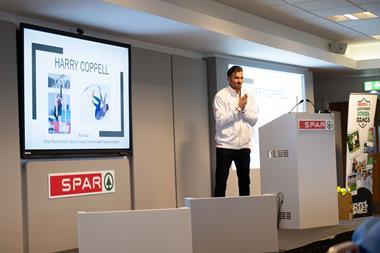


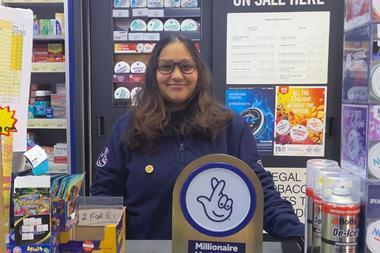

No comments yet